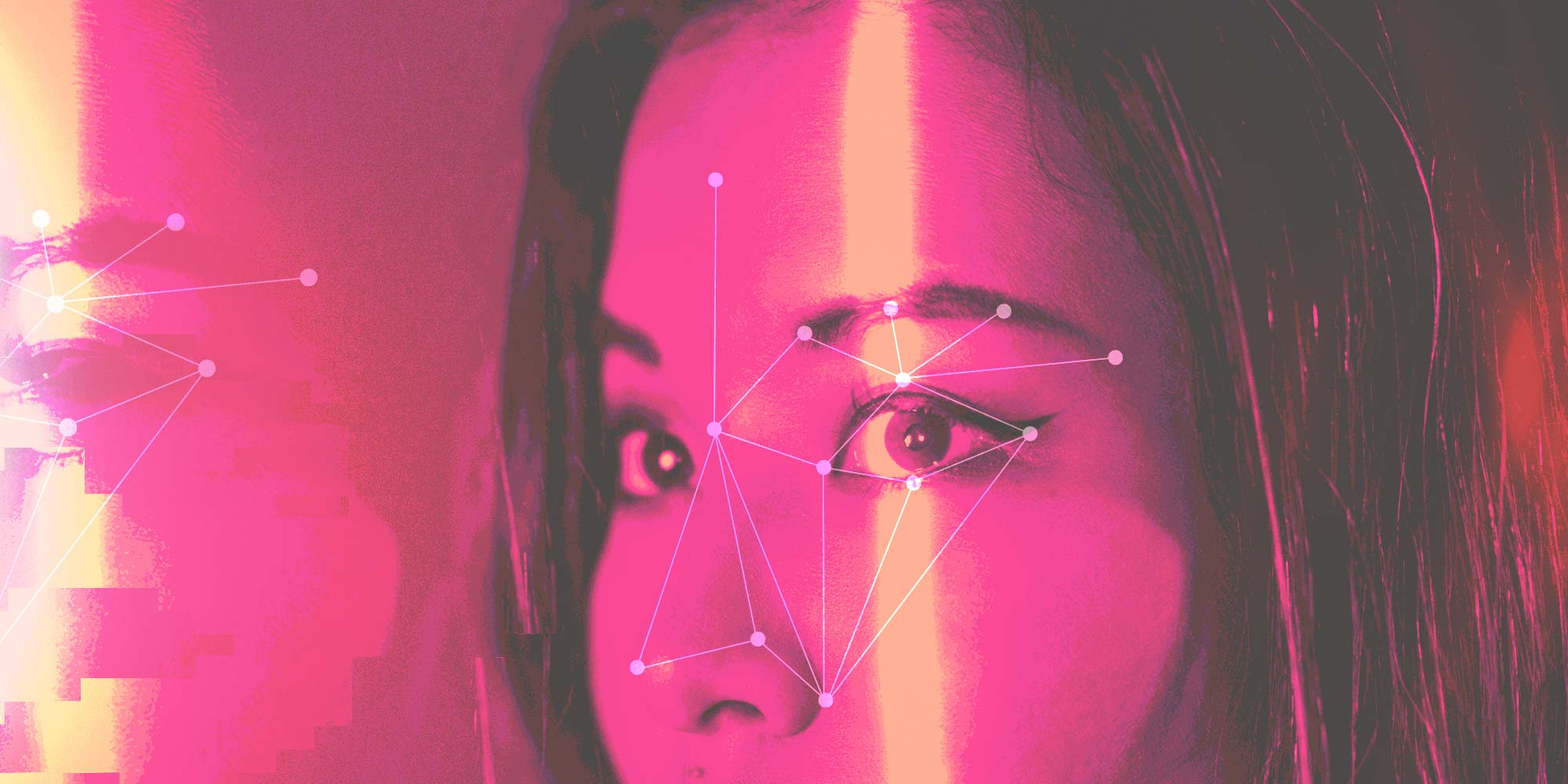Research shows that technology is often used to facilitate human trafficking,Feehs, K., & Wheeler, A. C. (2021). 2020 federal human trafficking report. Human Trafficking Institute. Retrieved from https://www.traffickinginstitute.org/wp-content/uploads/2021/06/2020-Federal-Human-Trafficking-Report-Low-Res.pdfCopy but now, researchers are doing more than ever to use technology to prevent and fight it.
A recent study by Simon Fraser University’s International CyberCrime Research Centre highlights how Artificial Intelligence (AI) can be used as a tool to fight human trafficking.
The study, supported by the Ministry of Public Safety as well as law enforcement and funded by various government agencies, aims to create tools required to scan the internet continuously, along with the ability to identify—and take prompt action against—the misuse of digital technology and Internet-based communication technology to facilitate sexual exploitation/human trafficking.
In other words—they are coming up with some high-tech tools to prevent and respond to human trafficking.
But how did they do it?
How AI can make a change
Researchers revised around 6,000 classified advertisement websites and social media sites and used new AI tools and a custom designed web-crawler to detect potential victims of sex trafficking. These web-crawlers look for trafficking indicators on these platforms, targeting images or phrases indicating signs of control—like “available 24-7″—or emojis like cherries, certain heart symbols, or planes.
While this AI tool enables investigators and law enforcement to scan for signs of human trafficking at an unprecedented rate by analyzing images, use of emojis, phrases, etc., it also highlights just how prevalent this crime is. Of the thousands of online ads analyzed in the study, around 40% of them were found to be indicative of human trafficking.
Statistics like this also indicate how human trafficking has shifted online.
“Grooming happens online, individuals are bought and sold online, so it’s very virtual and difficult to detect,” said Tiana Sharifi, co-author of the study and founder of human trafficking awareness organization Sexual Exploitation Education.
Traffickers use the online space as a commercial sex marketplace, and also to carry out complicated money laundering schemes.
Human trafficking’s changing mediums
As trafficking shifts online, so must the solutions used to fight it. And though human trafficking increasingly takes place online, thankfully, in recent years, more efforts have been made to even the playing field.
Thankfully, other AI technologies have been implemented that accelerate the process of identifying victims online.
Previously, law enforcement would need to comb through endless ads and images to try and locate a victim, but now AI technology can do the same work, and across multiple platforms, in a fraction of the time.
Other tech-based solutions
Outside of law enforcement and government agencies, certain organizations have also joined the fight against human trafficking using these technologies.
Companies such as Marinus Analytics created a tool called Traffic Jam that assists law enforcement through the use of AI technology by scanning thousands of online ads for sex, checking to match photos on these ads with those of missing persons or suspected trafficking victims.
More recently, Marinus developed another tool to help locate victims based on images of the environment surrounding other victims. For example, law enforcement could upload a photo of a victim in a hotel room, and Marinus’ technology could scan the web for other images of that same hotel.
Another company, TraffickCam, does something similar by analyzing the environment of images like hotel rooms and narrowing down the potential locations where a victim may be located.
Technological advancements like these reportedly save law enforcement tens of thousands of investigative hours, and expedite this previously tedious manually-done process by up to 60x faster.
Other companies have also stepped up to fight trafficking. IBM partnered with tech company Stop The Traffik to develop a cloud-hosted data hub that provides some of the world’s largest financial institutions with key information regarding human trafficking.
And another company, Thorn—one of the most prominent organizations fighting child sexual exploitation—has developed a technology called Spotlight that analyzes web traffic and data from online sex ads or escort websites and leverages predictive analytics to identify child sexual abuse or trafficking.
Technology giving hope to trafficking victims
Human trafficking is no small issue. According to reputable anti-trafficking organization Polaris, there were almost 17,000 victims reported to the National Hotline in 2020 alone.
The vast majority of human trafficking victims come from vulnerable populations, and of the approximately 24.9 million victims of forced labor, an estimated 4.8 million—about 19%—are trafficked for sex. Even more disturbingly, more than 1 in 5 sex trafficking victims—an estimated 21%—are children.International Labour Organization. (2017). Global estimates of modern slavery: Forced labour and forced marriage. Geneva: Retrieved from https://www.ilo.org/wcmsp5/groups/public/@dgreports/@dcomm/documents/publication/wcms_575479.pdfCopy
According to one report, of the domestic minor trafficking victims who had been forced into porn production, the average age they began being filmed was 12.8 years old.Bouché, V. (2018). Survivor insights: The role of technology in domestic minor sex trafficking. Thorn. Retrieved from https://www.thorn.org/wp-content/uploads/2019/12/Thorn_Survivor_Insights_090519.pdfCopy
These numbers are very concerning and necessitate greater efforts to be made to combat modern-day slavery.
While the marketplace for victims and its transactions have adapted to our high-tech times, thankfully so have the efforts attempting to put an end to it. AI technology has opened up a world of possibility on many fronts—and this is certainly one where it can be put to good use.



